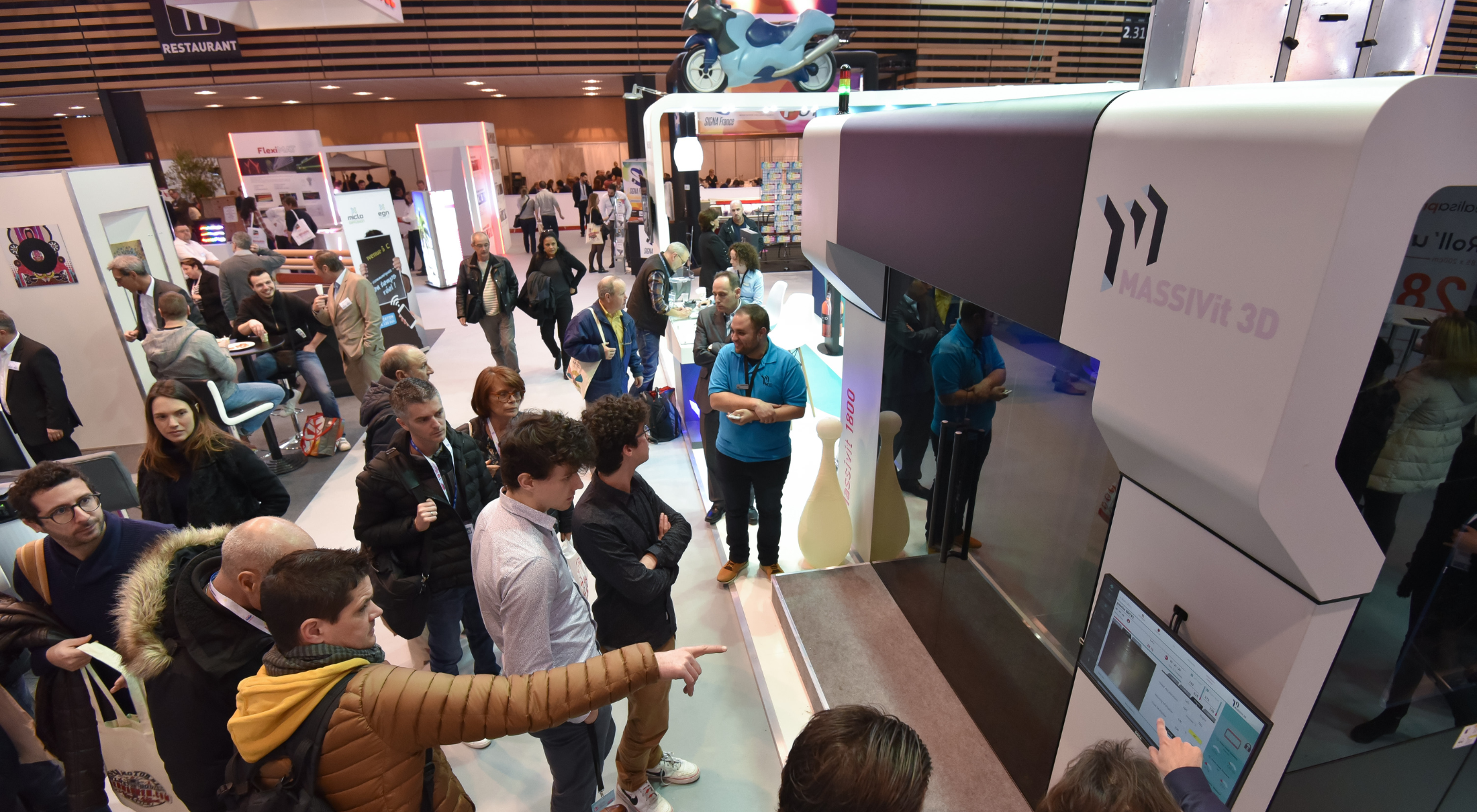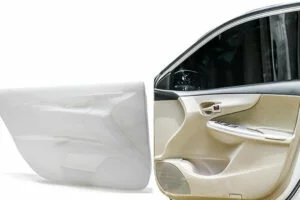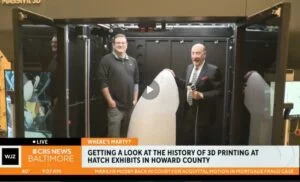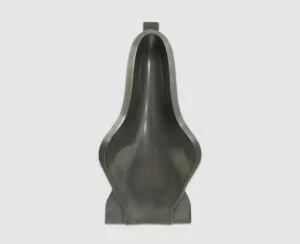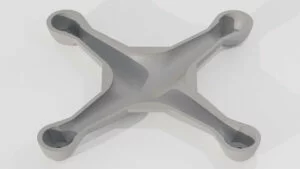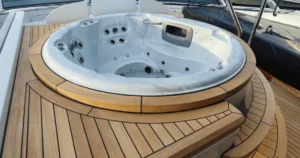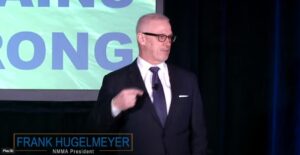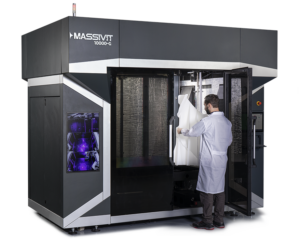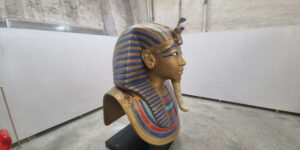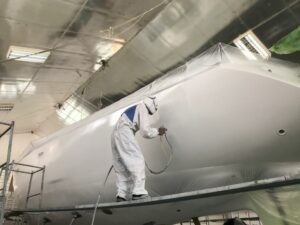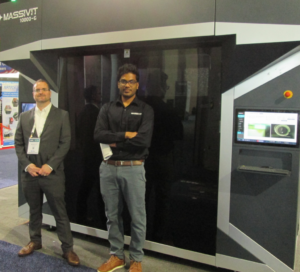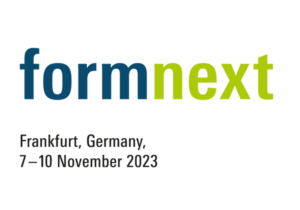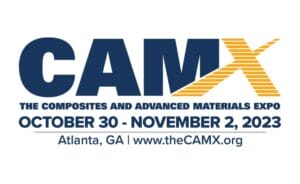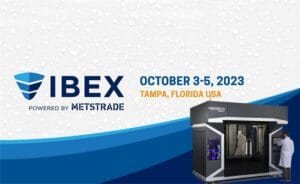What may surprise many is the fact that the scale and speed of today’s most advanced 3D printers relies – as much as any other factor – upon the properties of the raw material which will form any part printed by the system.
GDP Technology Overcomes Material Obstacles
Upon examination of earlier AM systems, it becomes apparent that two critical parameters, build capacity and speed, were adversely influenced in distinct ways by shortcomings in the materials and methods utilized. The more prevalent FDM and FFM technologies required material to be heated up before extrusion, and then “curing” would occur as the material slowly cools back down to its original state. Due to this drawn-out curing process, additional support structures were often required to be printed along with the actual desired part, since the material would otherwise not be strong enough to retain its intended structure.
Instead of printing with a fiber or filament that must be heated up, then extruded and applied delicately to the previous layer before being a painstakingly long wait as the material is cured by cooling down slowly, Massivit’s cutting-edge Gel Dispensing Printing (GDP) technology leverages unique, rapidly-curing photopolymer materials that cure on-the-fly during printing. Using gel enables production of large pieces and prototypes at unprecedented speed, and can even be used to create molds when combined with casting material alongside water-breakable gel material (a process called Cast in Motion). GDP works by harmonizing fast movement with smart algorithms, as well as a proprietary photo polymeric gel that cures almost instantly with exposure to UV light.
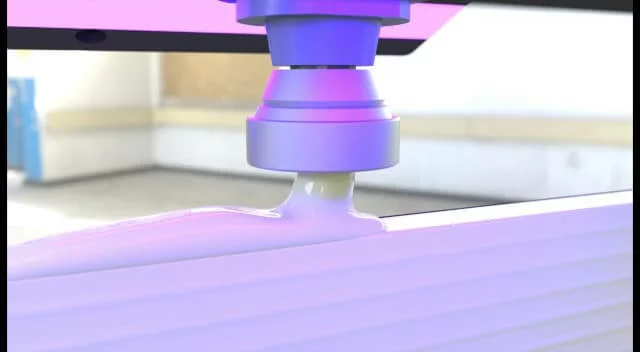
Curing during printing enables radical speeds – up to 30x the speed of other 3D printers.
The GDP process uses a resin-based gel, and no melting or heating of the gel is required for extrusion. Massivit’s proprietary UV-curable gel, called Dimengel, is propelled from the dispenser by an auger-type screw and extruded from the nozzle. The gel is extruded layer by layer from the dispensing head, much like melted plastic is in FDM. As it is extruded the gel viscosity varies to ensure adhesion and bonding. UV LEDs affixed around the dispensing head cure the gel almost instantly, reducing the need for infill and supporting structures. This creates very strong prints, quickly.
Because each new layer is cured almost instantly as it is printed, the revolutionary GDP technology allows the production of large-scale parts that are completely hollow, which is a major advantage for a number of industries – especially those requiring lightweight builds or hermetically-sealed tanks, such as the marine, aerospace, and automotive sectors. GDP is capable of building up objects of up to 35cm/14in. per hour. Due to Dimengel’s high viscosity parameters, non-vertical walls and ceilings can be printed without the need of a support structure.
A Dimengel for Every Need
Various derivations of the original Dimengel are now available, which offer distinctive properties that provide benefits across multiple applications and industries. Dimengel 20-FR, the world’s first flame-retardant 3D printing thermoset gel, is suitable for producing a range of large-scale flame-retardant applications from FRP railway parts through automotive aftermarket parts, and military parts, to amusement park displays – at unprecedented speed. Dimengel 300 is a transparent 3D printing photo polymeric gel that facilitates a range of applications such as transparent prototyping, design verification, interior design, architecture, scenic displays, and a range of advertising applications.
GDP is well suited for a variety of commercial applications. It is primed for tooling and molds, as there are certain materials like concrete that are easy to separate with Dimengel and don’t require a release agent. Due to its speed, it is a good candidate for large-scale prototyping. Furniture and appliance facades can be quickly printed in a single piece. Automotive customization and nautical design benefit from GDP’s consistent print quality and the inherent strength of the resin.
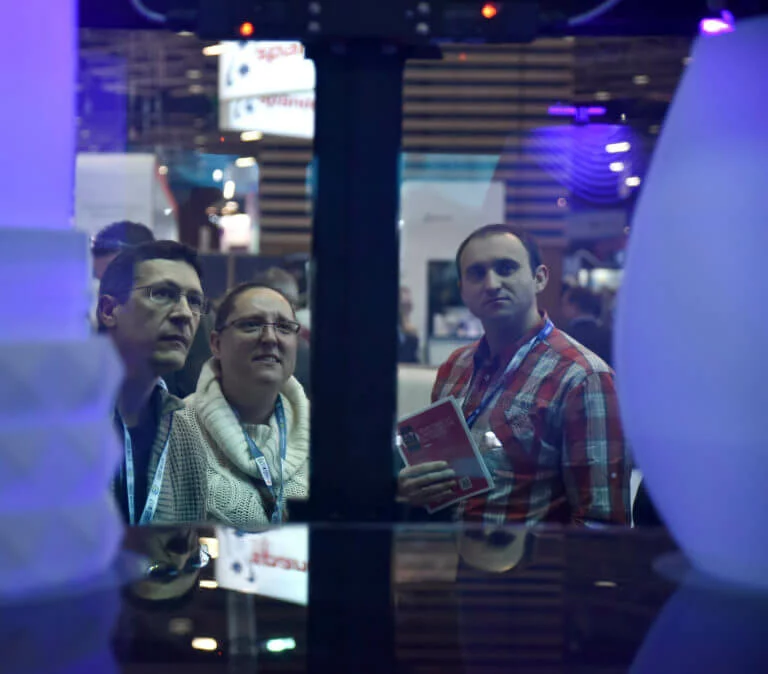
Parts can be 3D printed with little-to-no support structure using GDP technology.
Both Digital and Functional Advantages
Massivit ’s SMART slicing software also allows the wall thickness and resolution to vary throughout the print. SMART is an integrated proprietary software that optimizes .obj and .stl files for Massivit printing. Its micro-support algorithms allow the production of hollow models with vertical angles in order to minimize printing time, support structures, and material waste. On the Massivit printers which are equipped with a dual head option, SMART can leverage the dual heads to print multiple parts simultaneously, thus saving even more time.
Not limited to the purely functional, the parts produced using Massivit’s GDP-driven printers can also have a wide variety of coatings and finishes applied to them for increased versatility. Additionally, Massivit’s efficient digital process greatly reduces post-printing clean-up and relies on low consumption of material, low energy consumption with LED UV, and results in lightweight printouts that may minimize emissions caused by transportation and handling.
The Possibilities are Endless
With all the advantages that gel-based printing brings to the table, the possibilities are truly endless. That’s why this unique technology has already seen widespread adoption, with so many of the props, dimensional signage and displays we see every day being created with GDP. The technology has been used to create 3D channel letter signage for businesses. Since particular GDP resins are translucent, they can transit light. Which naturally, is a useful quality for custom displays and signage. It also makes it possible to use it in light fixtures.

Creating complex geometric shapes is easy with gel-based 3D printing.
These are just some of the remarkable applications for visual communications needs – but it doesn’t stop there. GDP is making an impact in industries such as creative construction, automotive, marine, rail, aerospace, and even architecture. This breakthrough technology can be used in so many different ways, that we’re only at the beginning of understanding its true potential to change the way things are made.
What we do know is that businesses across many different sectors have already keyed in on gel-based printing by Massivit as a major gamechanger. With the ability to print exceptionally large pieces (6 feet/2 meters tall) at radical speeds (up to 30 times faster than traditional methods), gel-based technology from Massivit lifts the entire additive manufacturing industry to heights never seen before.


